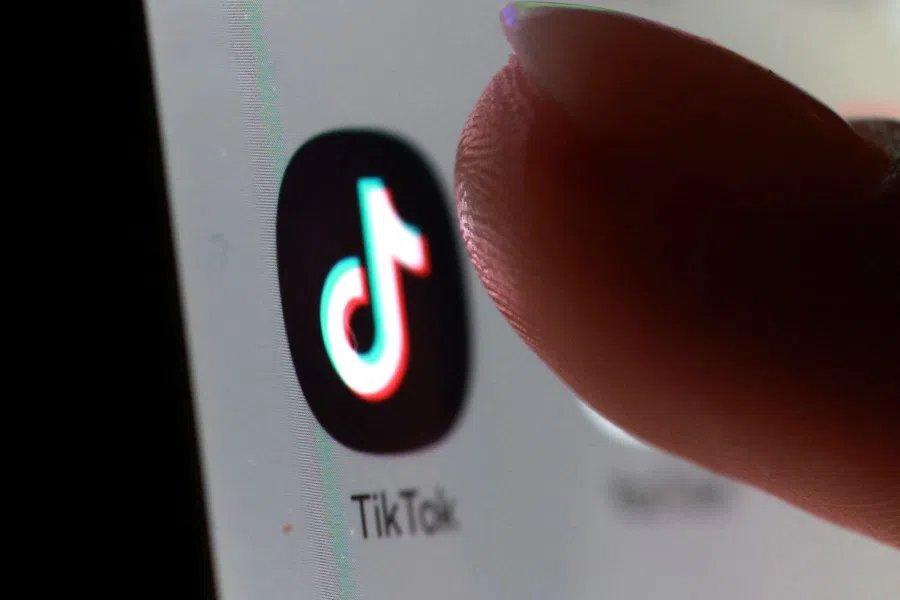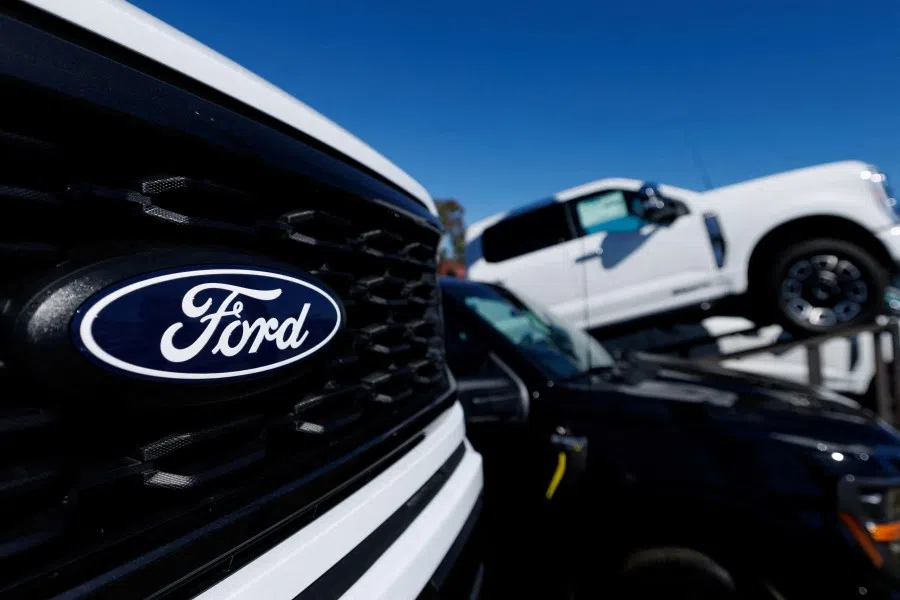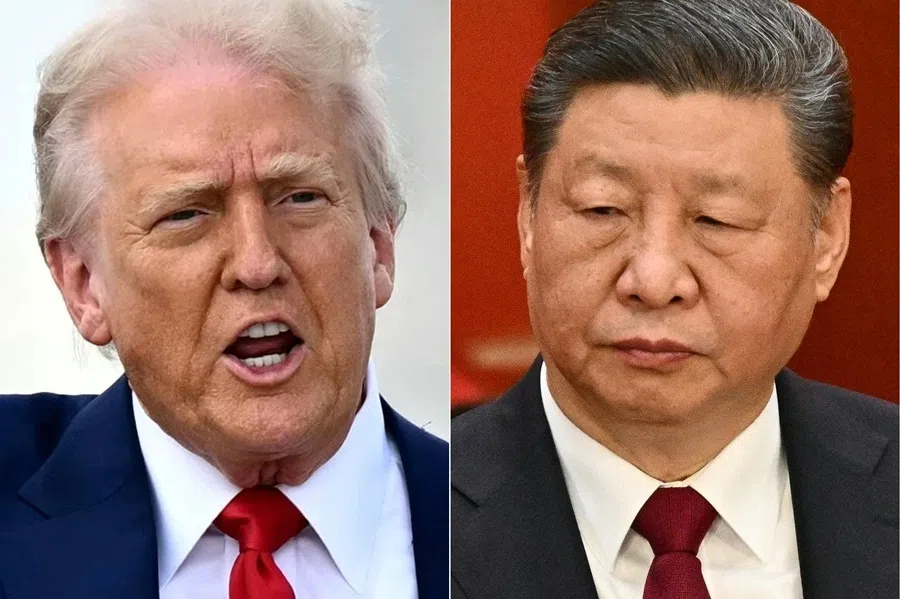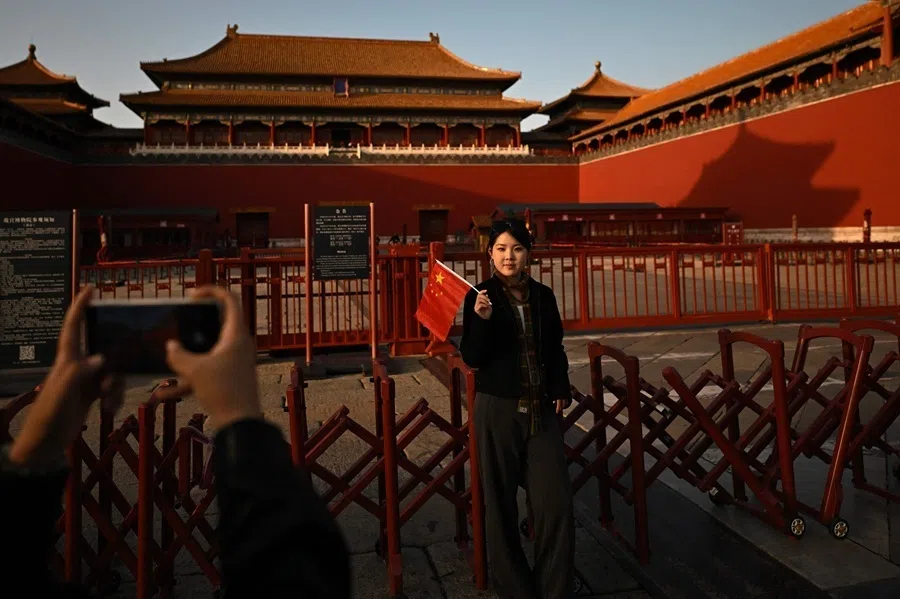Tech for market: How China’s tech exports force a global compromise
China’s tech tide has turned. Once a sponge for foreign know-how, it’s now an exporter facing strict “tech-for-market” rules abroad. From TikTok to AI, both sides are charting a cautious middle path between full access and total lockdown. Lianhe Zaobao correspondent Lim Zhan Ting reports.

“How the tides have turned,” quipped one Chinese netizen on social media last week in response to news that the European Union may soon require Chinese companies to transfer technology when investing in Europe.
The tide has turned because since the 1980s, China has pursued a “market for technology” strategy, attracting advanced know-how from developed countries, including those in Europe, by granting them access to its vast domestic market. Now, as China’s technological prowess rises and geopolitical rivalry intensifies, the tables appear to have turned: more and more Chinese firms going abroad are finding themselves confronted with demands of “technology for market access”.
On 14 October, EU Trade and Economic Security Commissioner Maros Sefcovic said after a meeting of EU trade ministers that while the EU welcomes foreign investments, these investments must create jobs, generate added value and lead to technology transfer to Europe, “as European companies have been doing when they have been investing in China”.
Bloomberg further cited informed sources as saying that the EU is expected to unveil in November a new set of regulations that will include mandatory technology-transfer requirements. These will apply to foreign companies seeking to enter key digital industries as well as manufacturing sectors such as automobiles and batteries. The main purpose is to prevent China’s manufacturing sector from overwhelming European domestic industries.
China’s role has shifted from a “technology importer” to a “technology exporter”, a transformation that has brought with it new conflicts of interest and compliance challenges. — Dr Sun Chenghao, Tsinghua University

TikTok, the Chinese short-video platform caught in the crossfire of China-US trade negotiations, is a unique example. In mid‑September, China and the US reached a framework agreement for a newly established American entity to operate TikTok, with its core algorithmic technology retained in China but likely licensed to the US side.
Some analysts believe that TikTok’s arrangement of “Chinese algorithm licensing + US-based operation” in exchange for market access in the US stands as a distinctive example of “technology for market”, especially when contrasted with the fate of Chinese tech giant Huawei, which remains locked out of the US market.
Chinese firms face more complex ‘technology for market’ exchanges
Dr Sun Chenghao, fellow at the Centre for International Security and Strategy at Tsinghua University, told Lianhe Zaobao that China’s role has shifted from a “technology importer” to a “technology exporter”, a transformation that has brought with it new conflicts of interest and compliance challenges.
Citing China–Europe cooperation in new-energy vehicles as an example, Sun noted that China holds strong advantages in new-energy batteries and intelligent manufacturing, offering more efficient and lower-cost solutions to support Europe’s green transition. However, political and security concerns have become the biggest sources of uncertainty for Chinese firms venturing abroad, especially in Western markets, where they often face accusations of “national security threats” or “unfair competition”, which can hinder cooperation.
In this context, Chinese companies face barriers in exchanging technology for market access. Sun said for Chinese companies, the key is not simply transferring technology, but achieving mutual benefit and co-development through joint research and development, industrial co-building, and coordinated standards, to avoid a zero-sum or transactional mindset.
The current situation where Chinese firms adopt the technology-for-market approach overseas is far more complex than what foreign firms encountered when entering China decades ago. Prof Tan Kong Yam, Nanyang Technological University’s Emeritus Professor of Economics, pointed out that China’s early “market-for-technology” strategy relied largely on joint ventures, local content requirements, and technology diffusion.
One of the most classic examples was China’s automotive industry boom in the 1990s, when numerous foreign carmakers formed joint ventures with Chinese partners, enabling China to gradually master key technologies.
“It’s not a clean sale of technology, but rather an acceptance of fenced-off technology governance in order to stay in the market.” — Prof Tan Kong Yam, Nanyang Technological University

Tan observed that TikTok has now reversed the dynamics: the US has become the rule-setter, imposing local governance requirements for sensitive functions like data and algorithms, while China uses export-control measures to prevent the full transfer of its core technology.
“TikTok demonstrates a new model of bilateral negotiation — licensed use of technology combined with sovereignty-based safeguards, in exchange for continued market access. It’s not a clean sale of technology, but rather an acceptance of fenced-off technology governance in order to stay in the market.”
Algorithms as strategic assets in the digital era
Another key difference today lies in the very nature of technology being used as a bargaining chip. What was once manufacturing know-how has now expanded into the realm of data and algorithms, with TikTok being the classic example.
Prof Zhu Feida, Associate Dean of the School of Computing and Information Systems at Singapore Management University, explained when interviewed that algorithms are the core of a platform’s value — they are the “invisible hand” of the digital economy, shaping user experience, monetisation, discourse power, and even value formation. Beyond content platforms like TikTok, algorithms will increasingly underpin future applications in autonomous driving, finance, and other sectors.
At present, the contest for technological sovereignty has evolved from data to algorithms: whoever has control of large-model parameters, architectures, and data feedback loops, and whether these algorithms are outsourced to third parties or kept under sovereign control, has become the central focus of global competition.
The TikTok case, he said, marks the beginning of a new model of technological export — one in which data stays local, algorithms may be hosted externally, and both sides share oversight. “This middle ground didn’t exist before.” — Prof Zhu Feida, Singapore Management University
According to Zhu, as China rises in the tech sphere, it is natural for Chinese firms venturing abroad to engage in “technology for market” exchanges. However, algorithms differ fundamentally from traditional technologies. The TikTok case, he said, marks the beginning of a new model of technological export — one in which data stays local, algorithms may be hosted externally, and both sides share oversight. “This middle ground didn’t exist before.”

Beyond algorithms, other sectors such as batteries, electric vehicles, photovoltaic energy storage, and industrial robotics are also seen as key technological leverage points for China. In fact, in 2023, Chinese battery giant CATL (Contemporary Amperex Technology Ltd.) announced it would license its battery technology to assist Ford Motor Company in building a battery plant in the US — essentially “lending out” its technology.
Researcher Sun Chenghao assessed that the “technology for market” dynamic presents both opportunities and challenges for Chinese companies. The opportunity lies in the fact that, through China’s vast domestic market, its firms have honed strong innovation and user-insight capabilities, enabling them to quickly attract overseas consumers. The challenge, however, lies in regulatory barriers and geopolitical pressure.
He cited the EU’s General Data Protection Regulation (GDPR), which imposes strict limits on cross-border personal data flows, severely constraining Chinese internet firms in areas such as algorithm training and data-driven services.
Is TikTok paving a ‘third way’?
Some observers believe the TikTok arrangement could serve as a template for managing China–US relations in the digital domain, allowing both sides to neither fully integrate nor fully decouple.
Tan Kong Yam sees this framework as marking a “third way” between total prohibition and unrestrained openness. If applied more broadly to AI governance, it could at least enable operational coexistence amid ongoing strategic competition.
Sun Chenghao, however, offered a more cautious assessment. He argued that under the current China–US tech rivalry, such “technology for market” arrangements represent limited interaction rather than genuine cooperation.

“At present, in frontier fields such as artificial intelligence, advanced semiconductors, and biotechnology, the US still leads while China is catching up. Political and security considerations far outweigh market logic. From a macro perspective, such cases are unlikely to fundamentally ease Washington’s drive to decouple from China in technology.”
Prof Sun added that breaking the deadlock will require a reset of political relations and de-escalation of security narratives, starting with cooperation in non-sensitive technology areas and exploring multilateral mechanisms, such as the United Nations framework, to manage key technological risks.
Prof Zhu Feida believes that compared with blunt technology blockades, more nuanced algorithmic governance could yield broader benefits.
“Instead of absolute bans or fully open code and data sharing, a future path may emerge: one where both sides advance platforms through mutual checks and controlled risk management.”
This article was first published in Lianhe Zaobao as “从TikTok到新能源 中企地缘博弈下摸索“技术换市场””.





